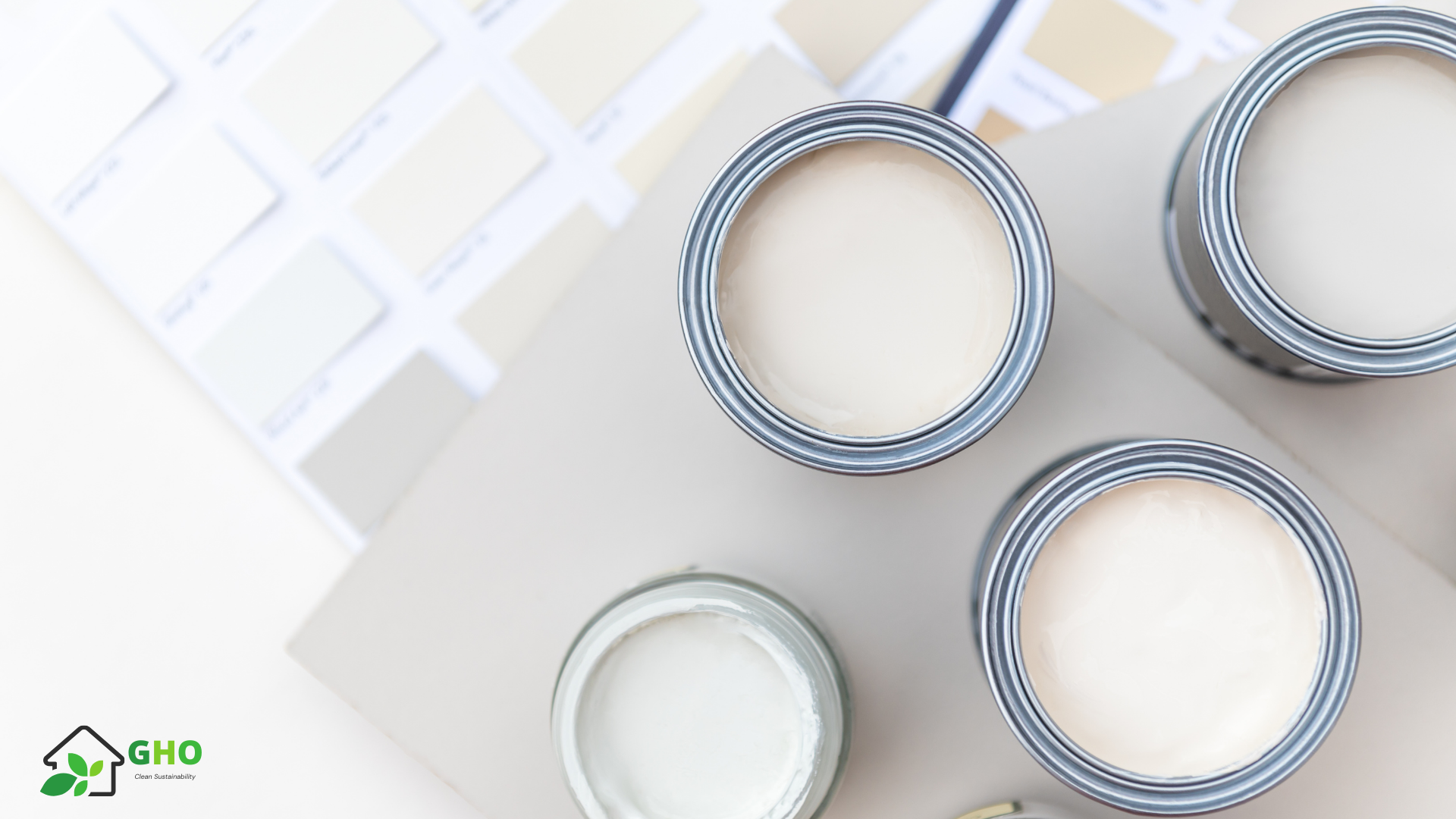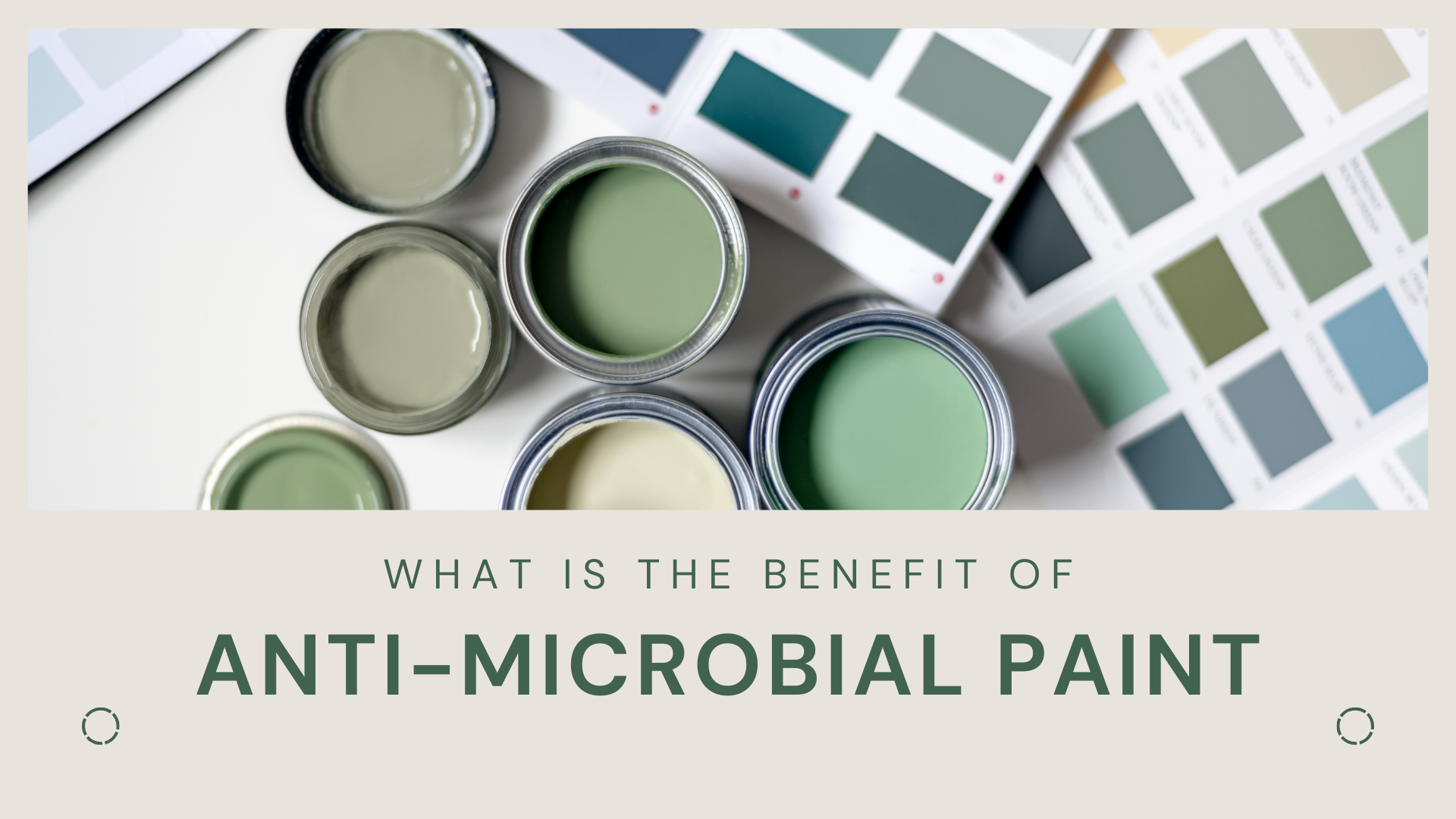Today’s emphasis on cleanliness and hygiene has never been more significant, particularly in shared or public spaces. Anti-microbial paint represents a pioneering advancement in this domain, offering a protective barrier against microorganisms. This type of paint is infused with specific agents that inhibit the growth and proliferation of bacteria, mold, and mildew. The basic properties of anti-microbial paint include its ability to remain efficacious over extended periods, resistance to various environmental factors, and non-toxicity to humans and animals.
What Are the Basic Properties of Anti-Microbial Paint

Anti-microbial paint is a specialized coating designed to inhibit the growth of bacteria, mold, fungi, and other harmful microorganisms on painted surfaces. This innovative paint solution has gained popularity across various sectors, including healthcare, education, and food service, due to its ability to contribute to cleaner, safer, and more hygienic environments. Understanding the basic properties of anti-microbial paint is essential for anyone considering its application for their facilities or projects. Here are the fundamental properties that define anti-microbial paint:
- Microbial Resistance: The primary property of anti-microbial paint is its resistance to microbial growth. The paint is formulated with active ingredients that prevent the proliferation of microorganisms on the surface. These active components are typically metallic ions, such as silver, copper, or zinc, known for their germicidal effects. The presence of these agents in the paint creates an environment that is hostile to microbial life, thereby reducing the risk of contamination and the spread of infections.
- Durability and Efficacy: Anti-microbial paint is engineered to maintain its microbial resistance over an extended period. The efficacy of the paint remains relatively high over time, ensuring long-term protection against harmful microbes. This durability is crucial, as it provides a lasting solution for maintaining hygienic surfaces without frequent reapplication.
- Safety: Despite its potent anti-microbial properties, anti-microbial paint is formulated to be safe for human contact. The active ingredients used in the paint are selected for their ability to target microorganisms without posing risks to humans or animals. This safety aspect is vital for applications in sensitive environments such as hospitals, schools, and homes.
- Compatibility and Versatility: Anti-microbial paint is compatible with various surfaces, including walls, ceilings, and other fixtures. It can be applied over existing paint or directly onto primed surfaces. This versatility makes it suitable for use in various settings, from medical facilities and laboratories to kitchens and bathrooms. Additionally, anti-microbial paint is available in multiple colors and finishes, allowing for aesthetic flexibility in design and decor.
- Ease of Maintenance: Surfaces coated with anti-microbial paint are easier to clean and maintain. The paint’s anti-microbial action reduces the buildup of biofilm and other residues that can harbor germs, making routine cleaning more effective. This property is particularly beneficial in high-traffic areas where maintaining cleanliness is challenging.
- Environmental Resistance: Anti-microbial paint is formulated to withstand environmental factors such as humidity, temperature variations, and chemical exposure. This resistance ensures that the paint’s anti-microbial properties remain active under diverse conditions, making it suitable for indoor and outdoor applications.
In summary, the basic properties of anti-microbial paint—microbial resistance, durability, safety, compatibility, ease of maintenance, and environmental resistance—combine to offer a comprehensive solution for enhancing hygiene and safety in various environments. By leveraging these properties, anti-microbial paint plays a crucial role in preventing the spread of infections and creating healthier living and working spaces.
How Does Anti-Microbial Paint Work?
Anti-microbial paint operates on a microscopic level to combat the growth of harmful microorganisms. It contains active ingredients, such as silver ions or copper, which are well-documented for their germicidal properties. These agents disrupt the cellular processes of microbes, effectively preventing their reproduction and spread. By creating a sterile surface for these organisms, anti-microbial paint ensures surfaces remain hygienic and free from microbial contamination.
4 Benefits of Using Anti-Microbial Paint

In the quest for healthier living and working environments, anti-microbial paint emerges as a revolutionary solution, offering many benefits beyond conventional painting options. This innovative coating technology is designed to actively inhibit the growth of bacteria, mold, fungi, and other harmful microorganisms on surfaces, thereby contributing to cleaner, safer, and more hygienic spaces.
Infection Control
One of the foremost benefits of anti-microbial paint is its role in infection control. Significantly reducing the number of pathogens on treated surfaces minimizes the risk of infection transmission. This is particularly crucial in healthcare settings, schools, and public buildings where the potential for disease spread is high.
Long-Term Durability
Anti-microbial paint is not only effective in eliminating microbes but also in enhancing the durability of painted surfaces. It prevents the degradation caused by mold and mildew growth, ensuring that walls and other surfaces maintain their aesthetic appeal and structural integrity over time.
Improves Air Quality
By preventing the growth of mold and mildew, anti-microbial paint contributes to improved indoor air quality. Mold spores are a common allergen and can lead to respiratory issues. Thus, anti-microbial paint is beneficial in creating healthier indoor environments, especially for individuals with allergies or compromised immune systems.
Reduces Airborne Pathogens
Apart from surface-bound microbes, anti-microbial paint also plays a role in reducing the presence of airborne pathogens. As it inhibits mold and bacteria growth on surfaces, the potential for these organisms to become airborne and affect air quality is significantly diminished.
How to Apply and Maintain Anti-Microbial Paint
Applying anti-microbial paint is similar to regular paint, with a few key considerations to ensure its effectiveness. Proper surface preparation is crucial, as the paint requires a clean and smooth surface to adhere properly. A primer may be recommended, depending on the type of surface and the specific product instructions. Maintenance involves regular cleaning with non-abrasive cleaners to preserve the anti-microbial properties of the paint.

Embrace Anti-Microbial Paint for Healthier Living Spaces!
Adopting anti-microbial paint is a proactive step towards creating healthier and more hygienic living spaces. Its benefits extend beyond surface aesthetics to play a crucial role in public health and well-being. By choosing anti-microbial paint, individuals and institutions invest in a future where our environments are safer, cleaner, and more conducive to health.




